Frontosa cichlid - Cyphotilapia frontosa
Scientific name: Cyphotilapia frontosa
Common name: Frontosa cichlid
Family: Cichlidae
Usual size in fish tanks: 25 - 30 cm (9.84 - 11.81 inch)
014
Recommended pH range: 7 - 8.9
Recommended water hardness: 12 - 30°N (214.29 - 535.71ppm)
0°C 32°F30°C 86°F
Recommended temperature range: 23 - 29 °C (73.4 - 84.2°F)
The way how these fish reproduce: Spawning
Where the species comes from: Africa
Temperament to its own species: peaceful
Temperament toward other fish species: aggressive to smaller
Usual place in the tank: Bottom levels
Origin
The Frontosa Cichlid (Cyphotilapia frontosa) is native to the deep, rocky waters of Lake Tanganyika in East Africa. This lake, the second largest in the world by volume, provides a unique ecosystem where Frontosas have adapted to depths of up to 60 feet (18 meters) or more. These fish inhabit the rocky shorelines and underwater cliffs, where they find ample hiding spots and food sources. There are seven recognized geographical variants of Frontosa Cichlids, each adapted to different regions of the lake: Burundi, Karilani, Kavala, Kigoma, Mpimbwe, Zaire, and Zambia. These variants differ slightly in coloration and patterns, making them a diverse and intriguing species for aquarists.
Food and Feeding
Frontosa Cichlids are omnivores with a preference for a high-protein diet. In their natural habitat, they primarily feed on smaller fish, invertebrates, and crustaceans. In the aquarium, they will readily accept a variety of foods, including live foods such as earthworms, brine shrimp, and small fish. To ensure they receive a balanced diet, include high-quality prepared foods like cichlid pellets, algae wafers, and flakes. Frozen foods such as bloodworms, krill, and even beef heart can be offered as occasional treats to enhance their coloration and health.
Frontosas are known for their slow metabolism, so it's crucial to feed them moderate portions to avoid overfeeding. Offer food once or twice a day, ensuring that they consume it within a few minutes. Since they prefer to feed near the bottom, using sinking pellets and foods is recommended. Additionally, providing a varied diet will help prevent nutritional deficiencies and keep them in peak condition.
Sexing
Sexing Frontosa Cichlids can be challenging, especially when they are young. Males and females look quite similar during their juvenile stages. However, as they mature, males develop a larger, more pronounced nuchal hump on their heads, giving them a more dominant appearance. The hump can vary in size depending on the individual and the variant. Mature males are generally larger than females and may have slightly longer fins.
Females may display a smaller, less prominent nuchal hump or none at all. During the breeding season, females may become rounder in the belly area, indicating they are carrying eggs. Observing the differences in size, body shape, and head structure will help in identifying males and females in a mature Frontosa colony.
Breeding
Frontosa Cichlids are maternal mouthbrooders, known for their fascinating breeding behavior. The male establishes a territory or a cave-like structure within the aquarium, often choosing a flat, smooth surface for the female to lay her eggs. After a courtship display, the female lays around 30-50 large eggs on this surface. The male then fertilizes the eggs, and the female quickly gathers them into her mouth for protection.
Unlike many cichlid species, Frontosas have a relatively long incubation period. The female holds the eggs and later the fry in her mouth for up to 6-8 weeks, during which she refrains from eating. After the incubation period, the female releases the free-swimming fry. At this stage, it's essential to provide a safe environment for the fry, as they are vulnerable to predation. Feeding the fry newly hatched brine shrimp and finely crushed flakes will support their growth and development.
Lifespan
Frontosa Cichlids are known for their impressive longevity, with a lifespan that can exceed 25 years in captivity. Their long life expectancy means that they require a long-term commitment from aquarists. Providing stable water conditions, a balanced diet, and a spacious environment is key to ensuring that these fish live a full and healthy life.
Tank Setup and Environment
Creating a suitable environment for Frontosa Cichlids involves mimicking their natural habitat in Lake Tanganyika. A large, spacious tank is essential, with a minimum size of 500 liters (130 gallons) for a small group of these fish. Frontosas prefer a rocky setup with plenty of caves, overhangs, and crevices to provide them with hiding places and territories. The substrate should consist of fine sand or smooth gravel to allow them to dig and forage without injuring themselves.
Water quality is crucial for Frontosas, as they are sensitive to changes in water parameters. Maintain a pH level between 7.0 and 9.0 and a temperature range of 23-29 °C (73.4-84.2°F). These cichlids thrive in hard, alkaline water, similar to the conditions of Lake Tanganyika. Efficient filtration and regular water changes are essential to keep the water clean and free from toxins.
Lighting should be moderate to low, as Frontosas do not appreciate bright lights. Using subdued lighting and providing shaded areas with rocks or caves will help them feel secure. Adding tall, hardy plants like Anubias or Java Fern can enhance the tank's appearance while providing additional cover, but ensure they are anchored securely to avoid being uprooted by the cichlids.
Compatibility and Tank Mates
Frontosa Cichlids are relatively peaceful compared to other African cichlids, but they are best kept in a species-specific setup or with other large, non-aggressive tank mates. Suitable companions include other Tanganyikan cichlids like Cyphotilapia gibberosa, Altolamprologus calvus, and peaceful bottom dwellers like Synodontis catfish. Avoid keeping them with smaller fish, as they may view them as food due to their piscivorous nature.
When keeping Frontosas in a community tank, ensure that the tank is spacious enough to accommodate all inhabitants without overcrowding. This helps reduce territorial disputes and stress. Maintain a group of at least 5-7 Frontosas to allow them to form a natural hierarchy and reduce aggression within the group.
Short Description
Frontosa Cichlids (Cyphotilapia frontosa) are large, peaceful cichlids known for their distinct nuchal hump and striking vertical stripes. Native to the deep waters of Lake Tanganyika, they are a favorite among aquarists for their unique appearance and intriguing behaviors. With a lifespan of over 25 years, these cichlids require a spacious, well-maintained aquarium with plenty of rockwork and hiding spots. Although they have a slow growth rate, their impressive size and captivating presence make them a rewarding species to keep in a home aquarium.
Frontosas are best suited for experienced aquarists due to their specific water requirements and long-term care needs. They thrive in stable environments with hard, alkaline water and prefer a diet rich in protein, including live and frozen foods. Their gentle temperament allows them to coexist with other large, non-aggressive cichlids, making them an excellent choice for a Tanganyikan-themed tank.
Pictures
Thanks to Alberto Villarroya for pictures. Others were bought by aqua-fish.net from jjphoto.dk.
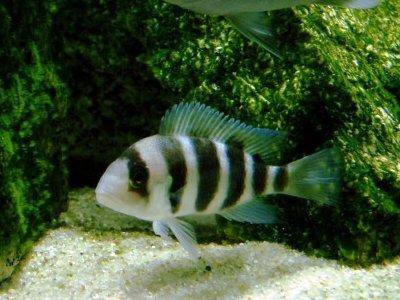














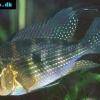 Thread-finned
Thread-finned 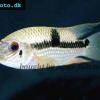 Acara
Acara 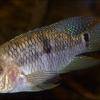 Yellow
Yellow 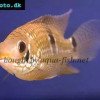 Patrick's
Patrick's 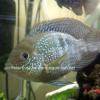 Blue
Blue 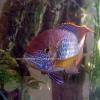 Green
Green 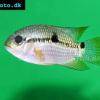 Acara
Acara 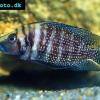 White
White 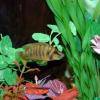 Compressed
Compressed 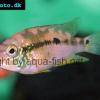 Pastel
Pastel 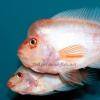 Midas
Midas 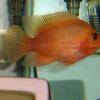 Red
Red 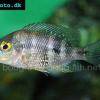 Bluemouth
Bluemouth 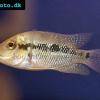 False
False 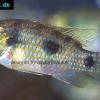 African
African 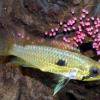 Agassiz's
Agassiz's 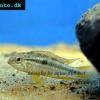 Banded
Banded 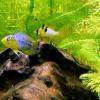 Yellow
Yellow 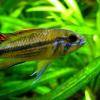 Cockatoo
Cockatoo 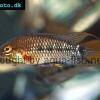 Blue
Blue 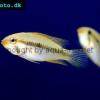 Blackstripe
Blackstripe 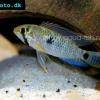 Highfin
Highfin 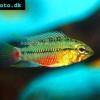 Redstripe
Redstripe 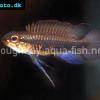 Threadfinned
Threadfinned 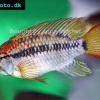 Macmaster’s
Macmaster’s 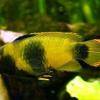 Panda
Panda 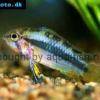 Norbert’s
Norbert’s 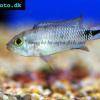 Blue
Blue 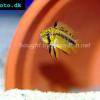 Thin-line
Thin-line 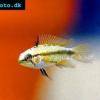 Three-striped
Three-striped 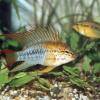 Viejita
Viejita 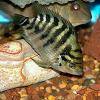 Flier
Flier 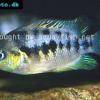 Archocentrus
Archocentrus 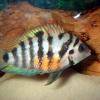 Convict
Convict 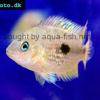 Seven
Seven 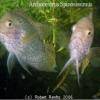 Spiny
Spiny 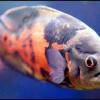 Oscar
Oscar 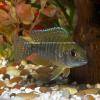 Sunshine
Sunshine 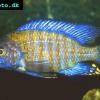 Chitande
Chitande 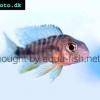 Firebird
Firebird 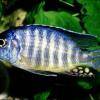 Midnight
Midnight 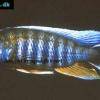 Lake
Lake 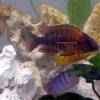 Sunshine
Sunshine 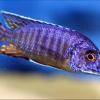 Aulonocara
Aulonocara 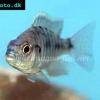 Nyasa
Nyasa 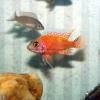 Ruby
Ruby 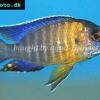 Grants
Grants 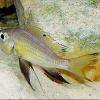 Aulonocranus
Aulonocranus 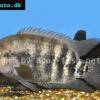 Chameleon
Chameleon 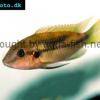 Benitochromis
Benitochromis 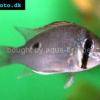 Orinoco
Orinoco 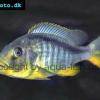 Yellow
Yellow 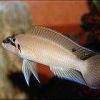 Brichard’s
Brichard’s 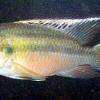 Guenther’s
Guenther’s 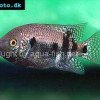 Southern
Southern 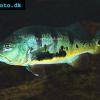 Cichla
Cichla 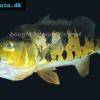 Peacock
Peacock 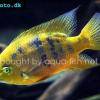 Chiseltooth
Chiseltooth 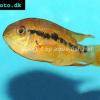 Bolivian
Bolivian 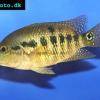 Red
Red 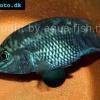 Many-pointed
Many-pointed 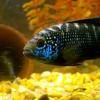 Jack
Jack 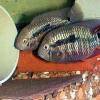 Red
Red 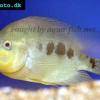 Three
Three 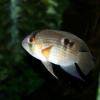 Keyhole
Keyhole 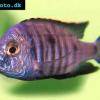 Azureus
Azureus 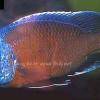 Red
Red 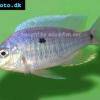 Jackson’s
Jackson’s 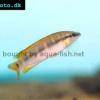 Crenicichla
Crenicichla 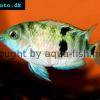 Honduran
Honduran 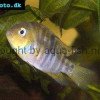 Blue-eye
Blue-eye 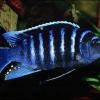 Afra
Afra 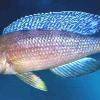 Slender
Slender 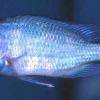 Malawi
Malawi 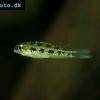 Chequerboard
Chequerboard 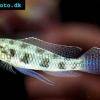 Checkerboard
Checkerboard 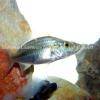 Malawi
Malawi 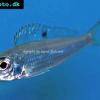 Ectodus
Ectodus 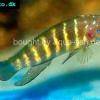 Tanganyika
Tanganyika 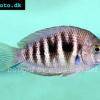 Canara
Canara 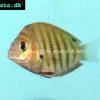 Green
Green 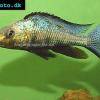 Rostratus
Rostratus 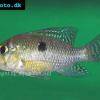 Pearl
Pearl 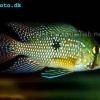 Geophagus
Geophagus 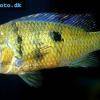 Yellowhump
Yellowhump 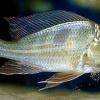 Suriname
Suriname 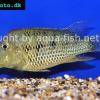 Redhump
Redhump 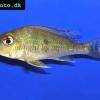 Red
Red 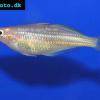 Dority’s
Dority’s 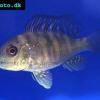 Argentine
Argentine 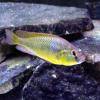 Burton’s
Burton’s 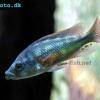 Victoria
Victoria 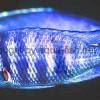 Haplochromis
Haplochromis 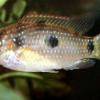 Jewel
Jewel 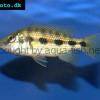 Banded
Banded 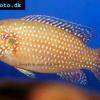 Lifalili
Lifalili 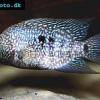 Lowland
Lowland 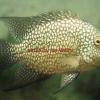 Texas
Texas 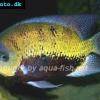 Pantano
Pantano 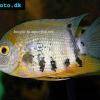 Severum
Severum 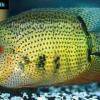 Banded
Banded 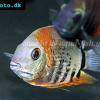 Severum
Severum 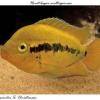 Rainbow
Rainbow 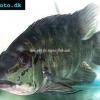 Parrot
Parrot 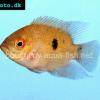 Chocolate
Chocolate 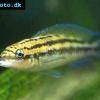 Brown
Brown 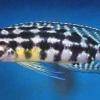 Marlieri
Marlieri 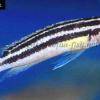 Golden
Golden 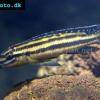 Striped
Striped 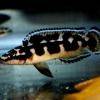 Masked
Masked 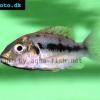 Konye
Konye 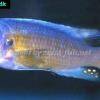 Blue
Blue 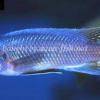 Trewavas
Trewavas 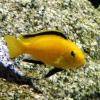 Electric
Electric 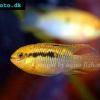 Dwarf
Dwarf 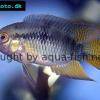 Redbreast
Redbreast 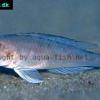 Lamprologus
Lamprologus 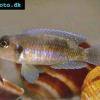 Gold
Gold 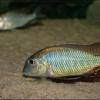 Greenface
Greenface 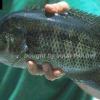 Mayan
Mayan 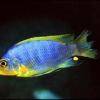 Aurora
Aurora 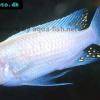 Blue
Blue 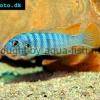 William’s
William’s 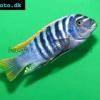 Zebra
Zebra 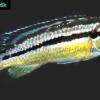 Malawi
Malawi 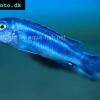 Blue
Blue 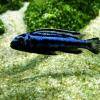 Blue
Blue 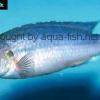 Mbuna
Mbuna 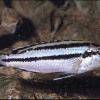 Parallel
Parallel 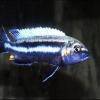 Purple
Purple 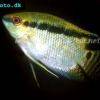 Flag
Flag 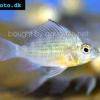 Bolivian
Bolivian 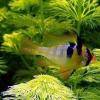 Ram
Ram 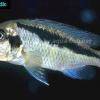 Basket
Basket 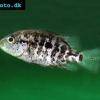 Haitian
Haitian 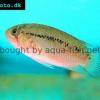 Zebra
Zebra 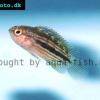 Striped
Striped 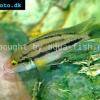 Neolamprologus
Neolamprologus 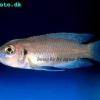 Brevis
Brevis 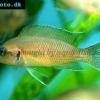 Fairy
Fairy 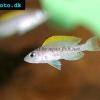 Neolamprologus
Neolamprologus 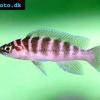 Cylindricus
Cylindricus 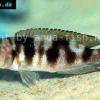 Hecq’s
Hecq’s 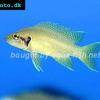 Neolamprologus
Neolamprologus 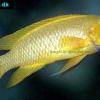 Lemon
Lemon 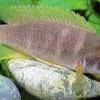 Mustax
Mustax 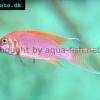 Daffodil
Daffodil 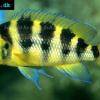 Six-bar
Six-bar 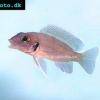 Five-bar
Five-bar 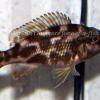 Marbled
Marbled 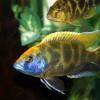 Giraffe
Giraffe 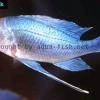 Blue
Blue 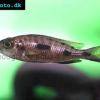 Sulphurhead
Sulphurhead 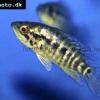 Wolf
Wolf 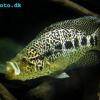 Jaguar
Jaguar 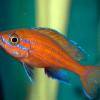 Blue
Blue 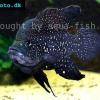 Marakeli
Marakeli 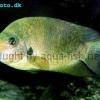 Madagascar
Madagascar 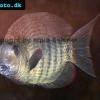 Pinstripe
Pinstripe 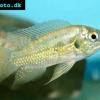 Pelmatochromis
Pelmatochromis 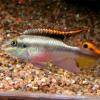 Kribensis
Kribensis 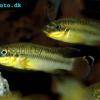 Striped
Striped 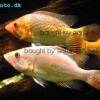 Red
Red 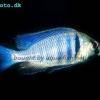 Deepwater
Deepwater 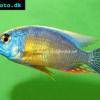 Fenestratus
Fenestratus 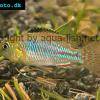 Nichols’
Nichols’ 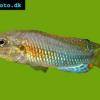 Southern
Southern 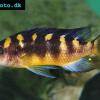 Bumble
Bumble 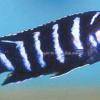 Demason’s
Demason’s 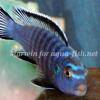 Slender
Slender 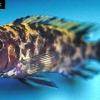 Red
Red 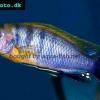 Mbuna
Mbuna 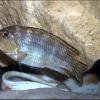 Malawi
Malawi 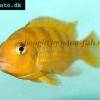 Kenyi
Kenyi 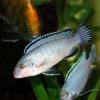 Powder
Powder 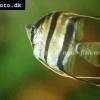 Altum
Altum 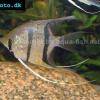 Angelfish
Angelfish 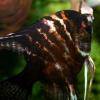 Angelfish
Angelfish 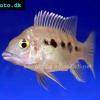 East
East 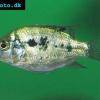 Juba
Juba 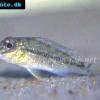 Earth
Earth 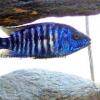 Electric
Electric 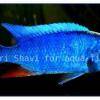 Azure
Azure 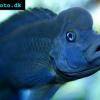 Lionhead
Lionhead 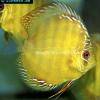 Discus
Discus 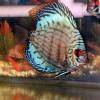 Blue
Blue 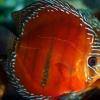 Red
Red 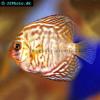 Zebra
Zebra 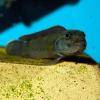 Brichard’s
Brichard’s 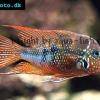 Blue
Blue 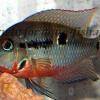 Firemouth
Firemouth 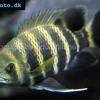 Zebra
Zebra 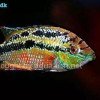 Yellow
Yellow 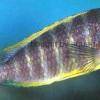 Blue
Blue 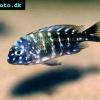 Dwarf
Dwarf  Blunthead
Blunthead 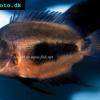 The
The 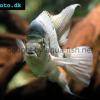 White
White 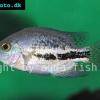 Twoband
Twoband 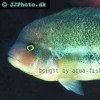 Fenestratus
Fenestratus 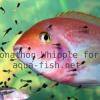 Window
Window 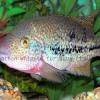 Tailbar
Tailbar 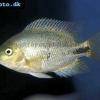 Black
Black 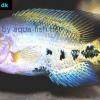 Redhead
Redhead 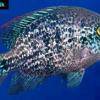 Oaxaca
Oaxaca 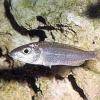 Xenotilapia
Xenotilapia